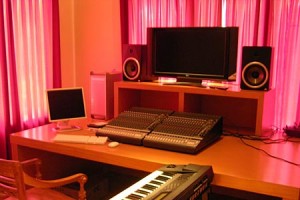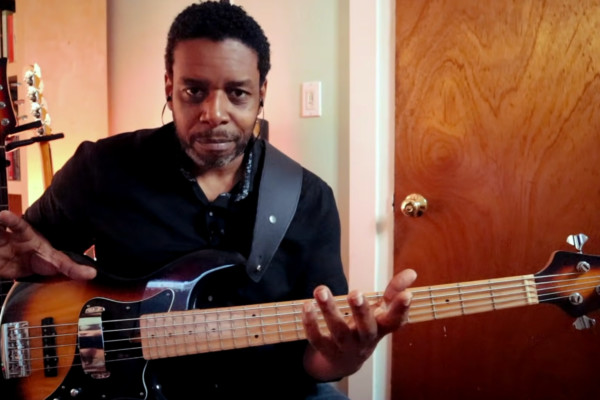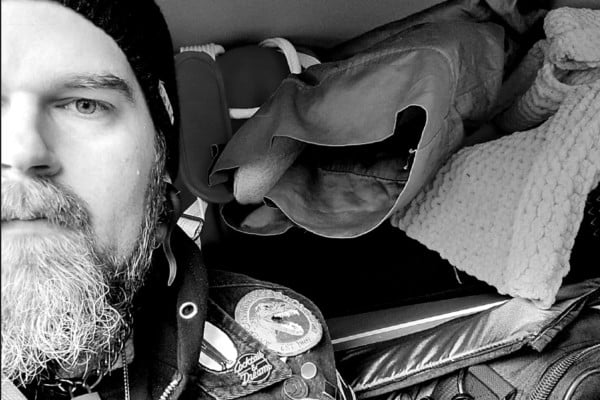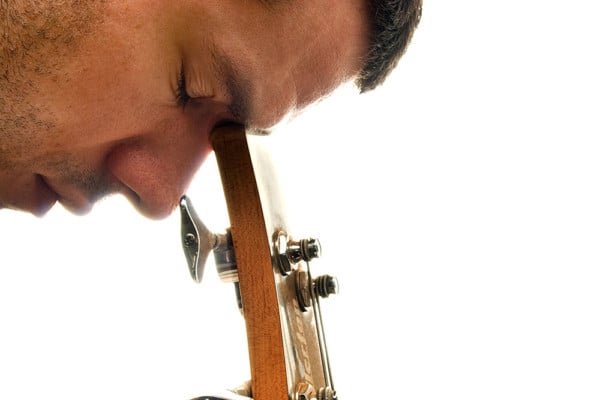Audition and Performance Preparation: Recording Yourself
 One very enlightening way to prepare for an audition or performance is to record yourself prior stepping on the stage, or into the audition room. Expensive equipment is not required to gain benefit from recording yourself. Although better recording equipment means you can listen back in greater detail, the fact is that free recording software and the microphones on most laptops can be sufficient to impel progress. If you can’t invest in new recording equipment, use whatever you have available today and invest in the future. Although audio recording is extremely helpful, it will be even more enlightening to work from a decent video recording.
One very enlightening way to prepare for an audition or performance is to record yourself prior stepping on the stage, or into the audition room. Expensive equipment is not required to gain benefit from recording yourself. Although better recording equipment means you can listen back in greater detail, the fact is that free recording software and the microphones on most laptops can be sufficient to impel progress. If you can’t invest in new recording equipment, use whatever you have available today and invest in the future. Although audio recording is extremely helpful, it will be even more enlightening to work from a decent video recording.
Try this:
- Record yourself playing your audition material. Again, having a video recording can be even more enlightening than simply an audio file.
- If this is your first time attempting this, go ahead and listen back to the recording once while taking in the gestalt of the performance.
- Now that that is over, listen back (with printed music if appropriate) focusing solely on the accuracy of your pitch.
- Make note of any inaccuracies. Be specific. If you are playing from printed sheet music, copy the music several times. Take one of the sheets and circle every problem note while you are listening. Perhaps with red pen.
- If you are improvising, or working without access to the printed music, make written observations as to which notes, and how many, are intonationally problematic.
- Record yourself playing the same piece again, this time trying to remedy each bad pitch you noted in the previous recording.
- Go back to “a” until you have either obliterated all pitch problems or are no longer making progress. You can always repeat the process tomorrow.
- Make note of any inaccuracies. Be specific. If you are playing from printed sheet music, copy the music several times. Take one of the sheets and circle every problem note while you are listening. Perhaps with red pen.
- Repeat the process in number “3” above, focusing each time on a different aspect of your performance.
- For instance, focus on the following, as appropriate to the piece:
- Rhythm
- Pulse
- Phrasing
- Tone
- Articulation
- Left and right hand coordination
- Swing (if appropriate)
- Groove (if appropriate)
- Accurate tempo replication
- Bow arm movement (video required)
- Smoothness of shifts (Video Required)
- etc.
- For instance, focus on the following, as appropriate to the piece:
- Each time you go through the process listed in number “3” above you should be able to come out the other side with improvement in a specific area. The key is isolation.
Don’t think you need to do this all in one day. You may only be able to focus on pitch today and articulation tomorrow. It can be draining, so pace yourself and start early in your audition/performance preparation. Ultimately, make it a regular part of your practice routine.
Readers, what sort of recording equipment do you use? Tell us about it in the comments.
Photo by Peter Valentino
Dr. Donovan Stokes is on the faculty of Shenandoah University-Conservatory. Visit him online at www.donovanstokes.com and check out the Bass Coalition at www.basscoalition.com.




I read this just in time. I´ve got an important audition soon. Thanks for the tips :D.
For something planned ahead of time, I have a decent recording setup using a Line 6 Pod HD “bean” as an audio interface into Garage Band or Logic Express on an iMac. Often times, however, I find it much easier to capture inspiration with a simple digital recorder and a metronome in my headphones. I can then import that recorded file into a track, and since I had the ‘nome keeping time, I can digitally add drums, etc while keeping in tempo.